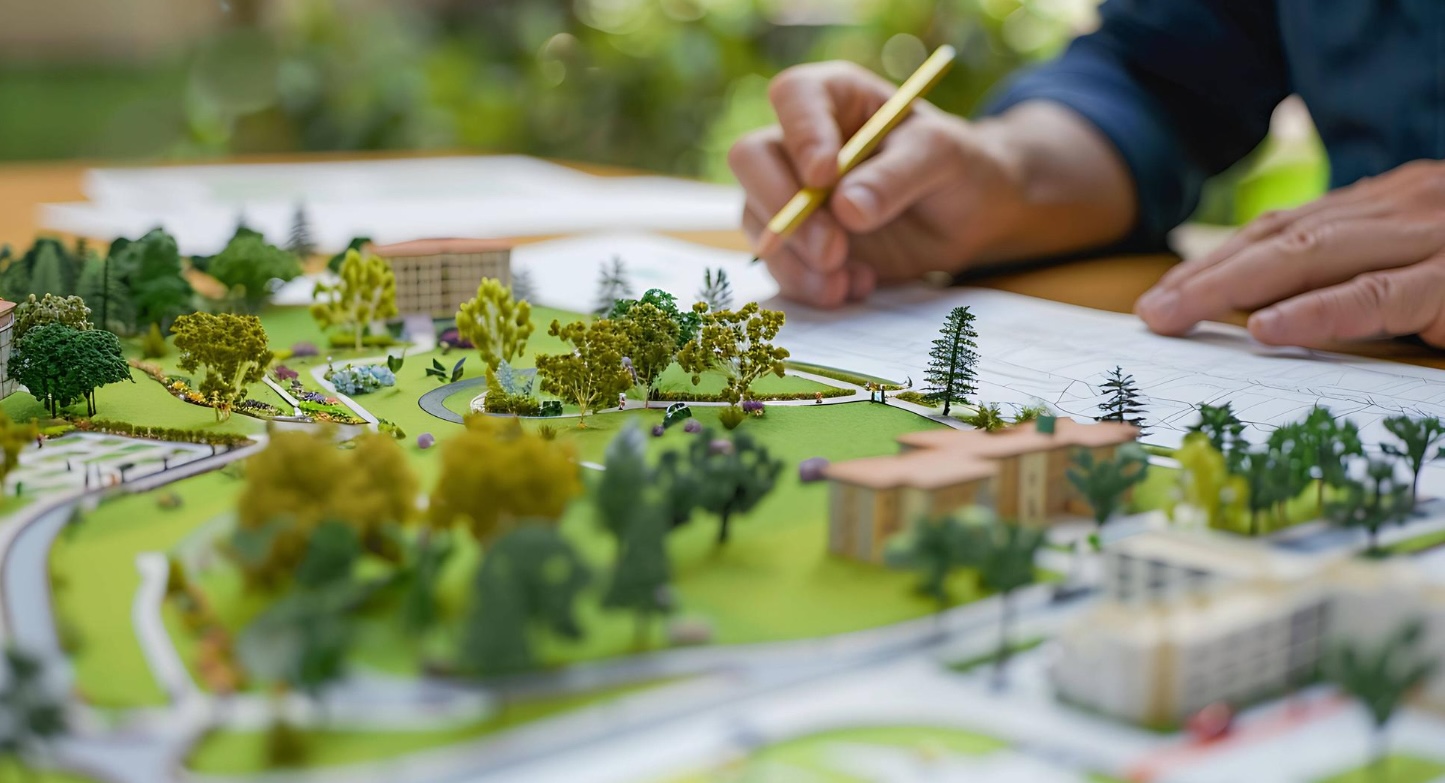Expo Osaka 2025: A Global Event in Review
The Osaka World Expo officially concluded on October 13, 2025, after six months of events, installations, and international dialogue centered on the theme “Designing Future Society for Our Lives.” This edition brought together over 150 countries and placed a strong focus on technological innovation, green transition, and quality of life in future societies.
For Italy, the Expo represented much more than an institutional showcase: it was an opportunity to reaffirm its role in sustainable design, with a pavilion that blended design, culture, and environmental sustainability.
A Pavilion Designed to Last Beyond the Event
The Italy Pavilion, designed by Mario Cucinella Architects, stood out for its strong environmental focus and its ability to embody a new vision of living and building. Completely dismantlable and reusable, the structure was built using low-impact materials and passive energy technologies.
The architectural concept combined symbolic elements of Italian culture with technical requirements of sustainability and modularity. The result was a pavilion that not only represented Italy but also proposed a new, replicable building standard aligned with the principles of bioclimatic architecture and circularity.
Key Trends Emerging from the Italian Project
The architectural legacy left by the Italy Pavilion offers a wealth of tangible insights. Here are the key design elements that drew widespread attention:
-
Use of regenerated materials (glulam timber, recycled steel, low-emission glass);
-
Integration between indoor and outdoor spaces, with large transparent surfaces and internal gardens;
-
Passive energy efficiency through natural systems of ventilation, shading, and lighting;
-
Emotional design, with immersive exhibition pathways and experiential storytelling of Italian territories.
Although conceived as a temporary structure, these trends open new perspectives for permanent constructions in both residential and commercial sectors.
A Strategic Opportunity for the Real Estate Sector
The Expo also served as a privileged vantage point for real estate professionals, architects, developers, and companies operating in urban regeneration or the design of new building complexes. The Italy Pavilion demonstrated how sustainability is no longer an added value but an essential prerequisite for the appeal of any project.
Real estate professionals can draw numerous insights:
-
How to integrate value-based storytelling into architectural design;
-
Which materials to use to obtain environmental certifications (LEED, BREEAM);
-
How a circular approach can reduce costs and increase efficiency;
-
How to meet the growing demand for sustainable properties from institutional investors and end buyers.
Beyond the Expo: The Pavilion as a Symbol of Ongoing Change
At the close of the event, the Italy Pavilion remains a case study and a model of advanced design, adaptable to urban, educational, museum, or commercial contexts. The success of this project proves that innovation is possible even with simple materials, when supported by a clear vision and appropriate technologies.
In an era where sustainability, comfort, and beauty must coexist, the Italy Pavilion has shown that architecture can lead social transformation. Now, it is up to businesses to capitalize on this legacy and build better environments.
Find our news

Get the most out of your assets.
Discover how to transform your
real estate into financial resources.
